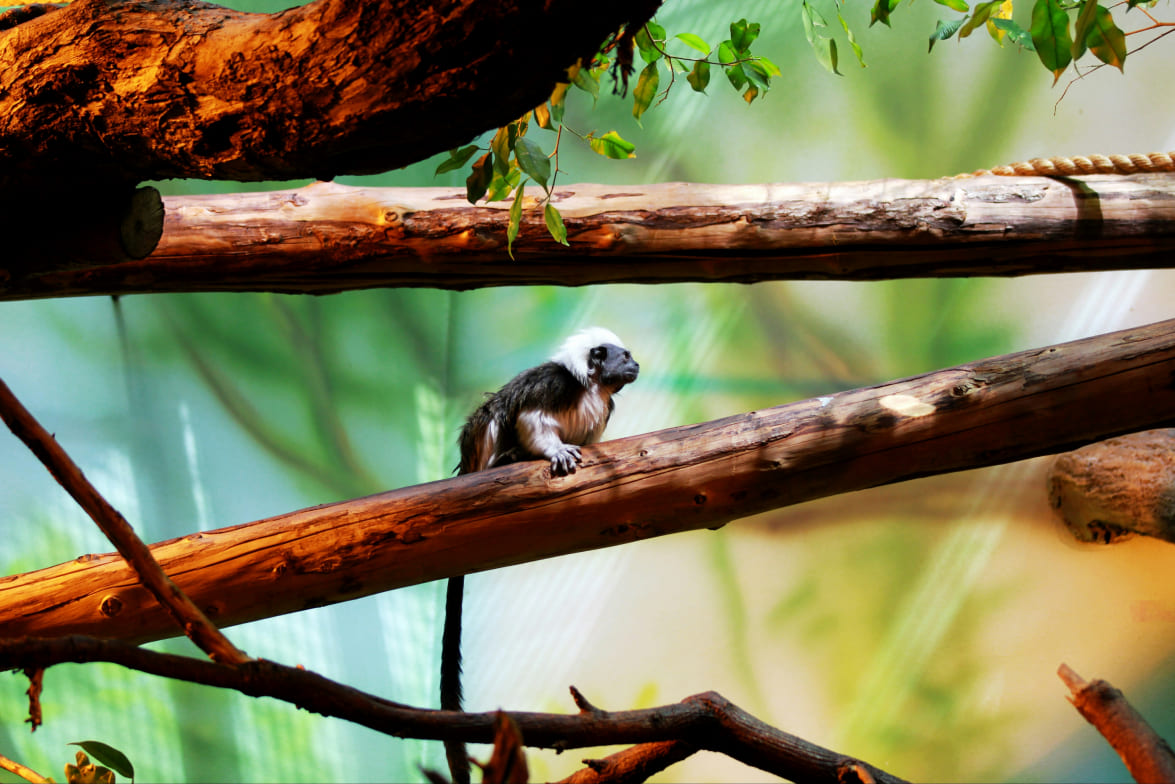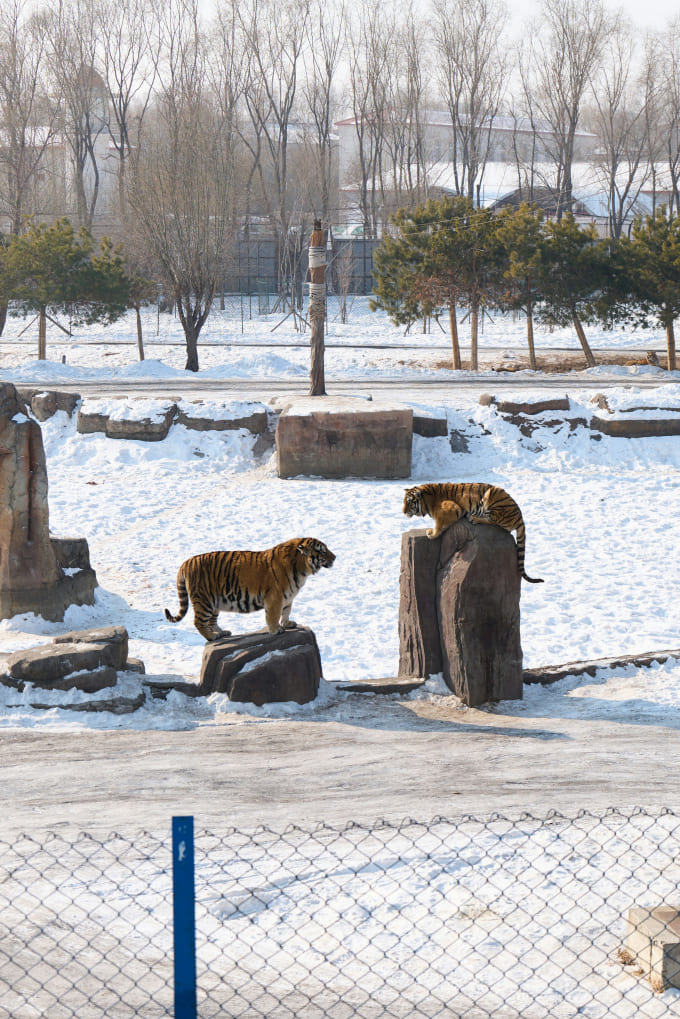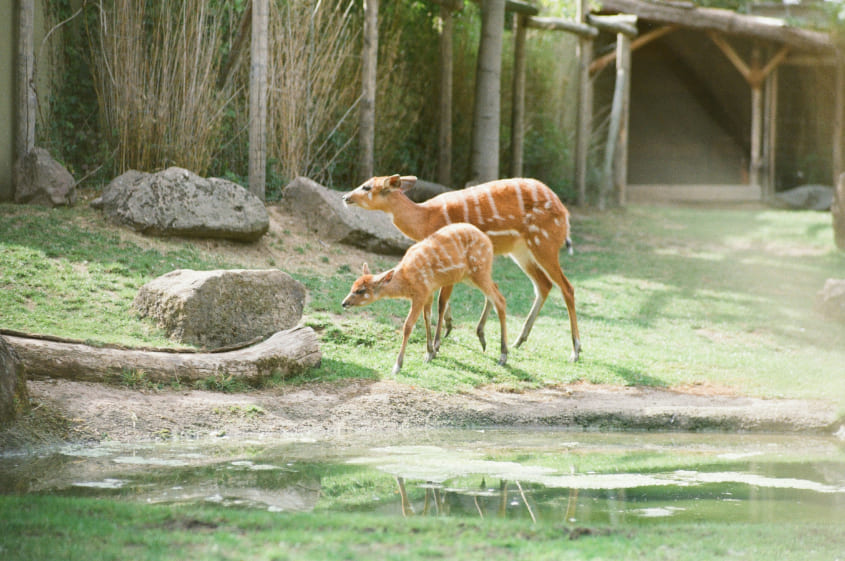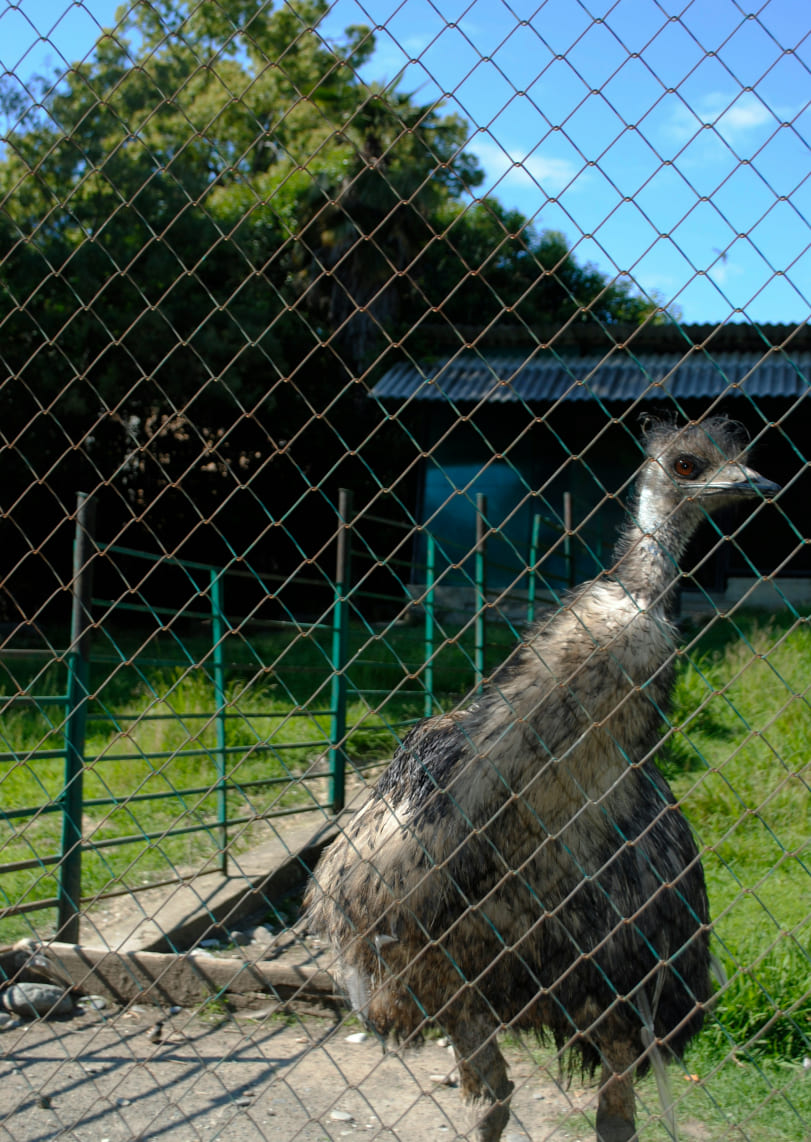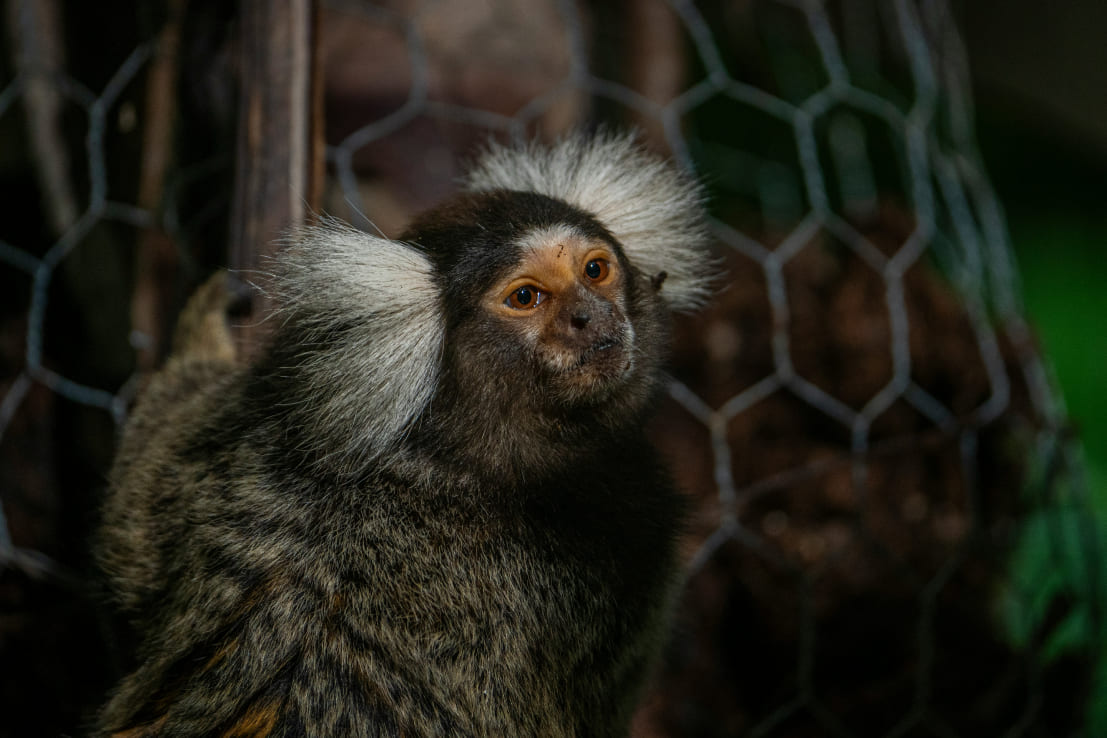Asiatic Lion: A Majestic Survivor of the Forests
The Asiatic lion (Panthera leo persica), also known as the Indian lion, is a subspecies of lion found exclusively in the Gir Forest of Gujarat, India. Unlike its African counterpart, the Asiatic lion has a slightly smaller body size, a less developed mane, and a distinctive belly fold that sets it apart. These lions are social animals, living in prides and relying on cooperative hunting to capture prey like deer, antelope, and wild boar.
